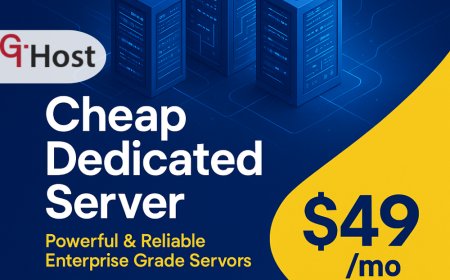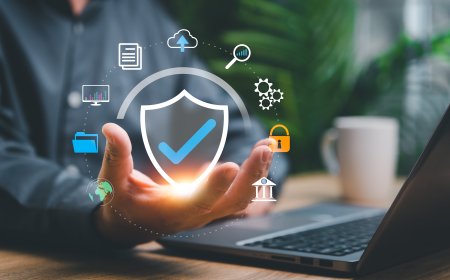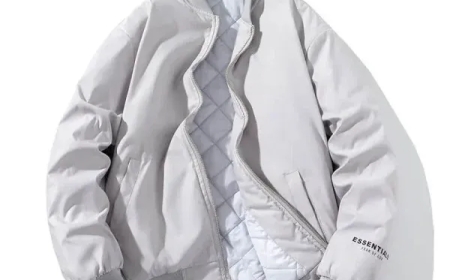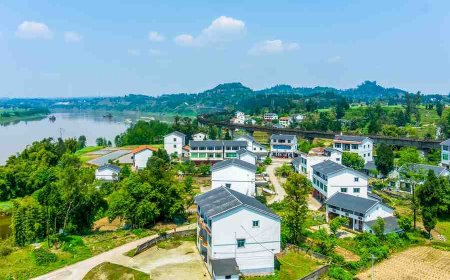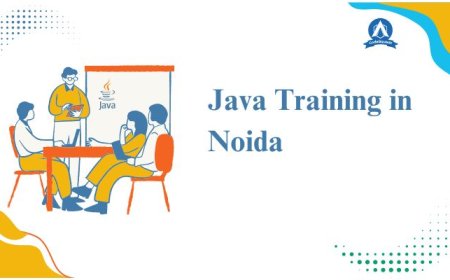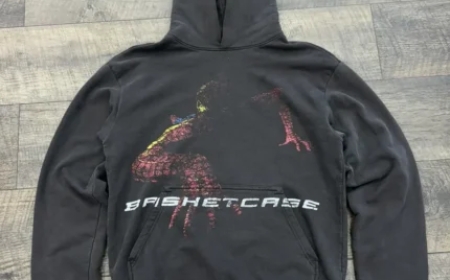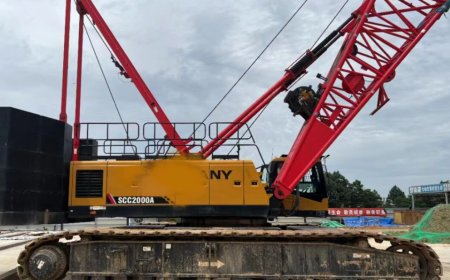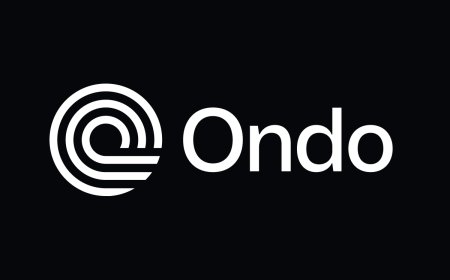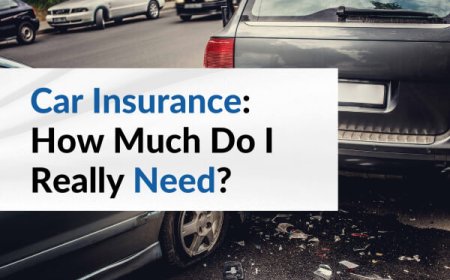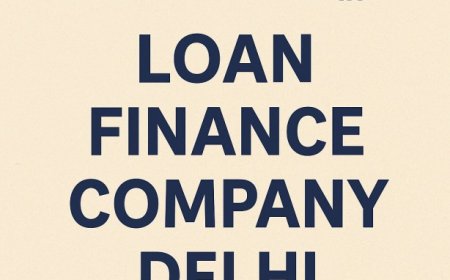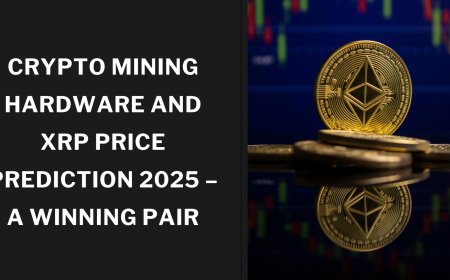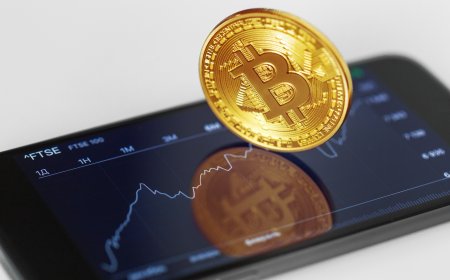How Real-World Asset Tokenization Is Transforming Crypto?
This emerging sector bridges the gap between traditional finance and blockchain, creating opportunities for both seasoned and new investors to access tangible value in a digital format.

The cryptocurrency space has always been a hotbed for innovation, but after years of boom-and-bust cycles, investors are becoming more discerning about where they put their money. Speculative tokens and meme coins still attract crowds, yet a quieter, more substantial trend is taking root: real-world asset (RWA) tokenization. This emerging sector bridges the gap between traditional finance and blockchain, creating opportunities for both seasoned and new investors to access tangible value in a digital format.
While many traders chase the next hype coin or search tirelessly for the best crypto presale to multiply their holdings overnight, more informed investors are now looking at how blockchain can revolutionize the ownership and trading of real assets. Instead of betting everything on volatile coins, RWA tokenization allows them to diversify portfolios with assets backed by real property, debt, or commodities and to trade them globally, instantly, and often more cheaply than in legacy markets.
What Exactly Are Tokenized Real-World Assets?
Tokenized RWAs are a digital representation of a physical or financial asset, recorded and transferred via blockchain. This could mean converting a piece of real estate, a pool of invoices, or a corporate bond into digital tokens. Each token represents a fractional share in the underlying asset.
In practice, this means anyone not just accredited investors can buy a small portion of a high-value asset. Imagine owning 0.01% of an office tower in New York or earning interest from a tokenized government bond, all managed on a transparent, immutable blockchain ledger.
Why Is Tokenization Gaining Momentum Now?
A few factors explain the recent surge of interest in RWAs. First, institutions and regulators have become more open to blockchain as the technology matures. Large banks like JPMorgan and HSBC are piloting blockchain-based bond settlements and tokenized fund shares. Governments in regions like Hong Kong and Singapore have already issued tokenized green bonds to test faster and more cost-efficient fundraising.
Secondly, macroeconomic uncertainty has pushed investors to look for yield and stability. While DeFi platforms promise double-digit returns, they can also collapse overnight due to smart contract bugs or poor risk management. By contrast, tokenized bonds or real estate offer steady, real-world cash flows, distributed to token holders through smart contracts.
How RWAs Are Already Being Used?
Several projects are already showcasing how tokenized RWAs work in practice:
? Real Estate: Projects like RealT allow investors to buy tokenized shares of rental properties in the U.S. Rental income is paid directly to token holders in stablecoins, bypassing banks entirely.
? Bonds and Treasuries: Ondo Finance and Matrixdock offer tokenized versions of U.S. Treasury bills. This gives crypto holders a safe way to park funds and earn yield from government debt a rare sight in volatile crypto markets.
? Private Credit: Centrifuge connects real-world invoices and loans to decentralized finance (DeFi) liquidity pools. Businesses can borrow against unpaid invoices, while investors earn yield backed by real trade receivables.
Key Benefits for Crypto Investors
For individual investors, RWAs offer compelling advantages that complement a crypto-heavy portfolio:
1. Diversification: Adding real estate, bonds, or commodities can lower overall portfolio risk, which is crucial given cryptos notorious volatility.
2. Passive Income: Many tokenized assets pay interest or dividends, providing a steady income stream alongside speculative gains from more volatile tokens.
3. Improved Liquidity: Traditional assets can be illiquid selling real estate or bonds often takes days or weeks. Tokenization lets investors trade fractions instantly on blockchain marketplaces, 24/7.
4. Accessibility: Fractional ownership lowers the entry barrier. Anyone can own a slice of a luxury property or corporate bond, no matter their net worth.
Challenges and Risks to Keep in Mind
Despite the promise, RWA tokenization is not without hurdles:
Regulation: Different jurisdictions have varying rules about security tokens and property rights. Navigating these legal frameworks is complex, and unclear laws could slow adoption.
Custody and Trust: Investors must trust that the real asset exists and is properly managed. Without reputable custodians or on-chain proof-of-reserves, scams and fraud are real risks.
Liquidity: Although tokenization boosts liquidity compared to traditional markets, some assets may still have low trading volume, especially in early phases.
Technology Risks: Smart contract bugs or blockchain outages can affect how tokens are issued, transferred, or redeemed.
To mitigate these risks, always research platforms thoroughly, check for audited smart contracts, and ensure assets have clear legal claims backing them.
The Road Ahead: What Comes Next
As blockchain regulation evolves, more traditional institutions are likely to enter the RWA space. The World Economic Forum predicts that up to 10% of global GDP could be stored on blockchains by 2027 a significant share of this will likely be in tokenized RWAs.
Major financial hubs like Singapore and Switzerland are already positioning themselves as leaders in tokenized finance, working closely with banks and fintechs to design compliant frameworks. This institutional confidence will likely accelerate mainstream adoption.
Additionally, stablecoins and central bank digital currencies (CBDCs) can complement RWAs by enabling instant settlement in regulated fiat-pegged digital money. This will further reduce friction in cross-border transactions.
How to Get Started with RWAs?
If youre considering adding RWAs to your portfolio, here are some steps to begin safely:
-
Research trusted platforms: Look for projects with real audits, clear custodial arrangements, and transparent disclosures about the underlying assets.
-
Start small: Test the waters with a modest amount before committing larger sums.
-
Diversify: Dont put all funds into a single asset type. Consider different sectors like real estate, treasuries, and private credit.
-
Stay informed: Follow regulatory updates and watch how jurisdictions handle security tokens. Rules can change quickly.
Final Thoughts
Tokenized real-world assets could represent the next evolutionary step in the crypto ecosystem one that combines the innovation of blockchain with the reliability of traditional finance. For investors weary of rollercoaster coin markets, RWAs provide an attractive middle ground: real, tangible value traded with the efficiency and transparency only blockchain can deliver.
As infrastructure matures and regulation catches up, RWAs may become a standard part of every well-rounded crypto portfolio. If youre exploring whats next beyond speculative tokens, this trend deserves a serious look.
